Projector Reviews
Sort By: Post DateTitle Publish Date
|
Jun 27, 2006 |
First Published: Jun 28, 2006
|
Nov 15, 2023
|
Nov 16, 2006
|
May 28, 2004 |
First Published: Jun 01, 2004
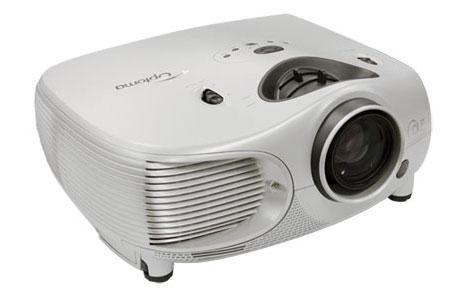
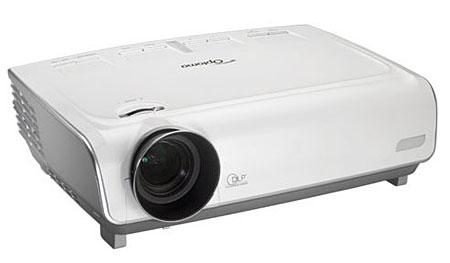

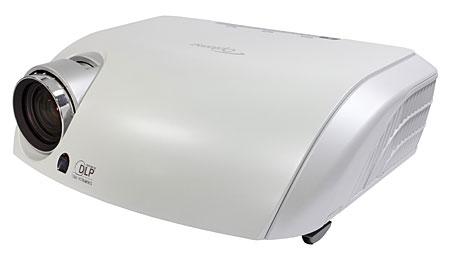
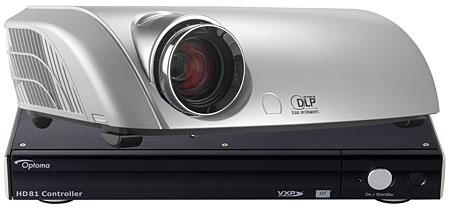
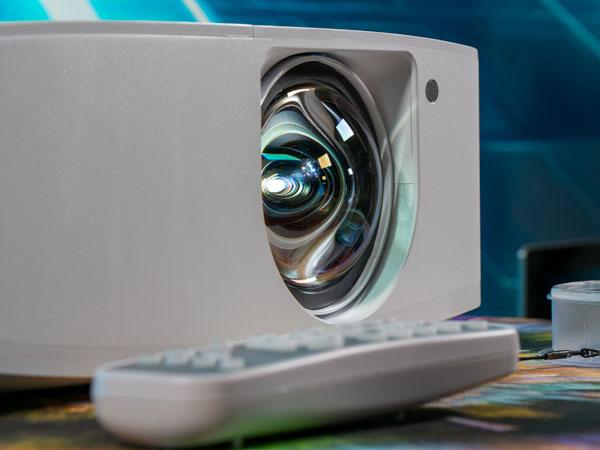


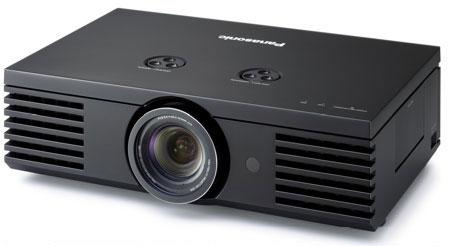
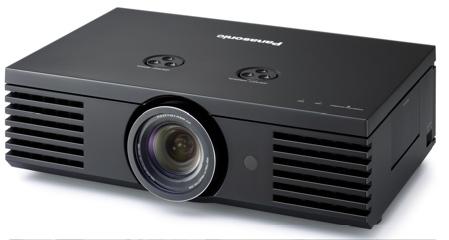

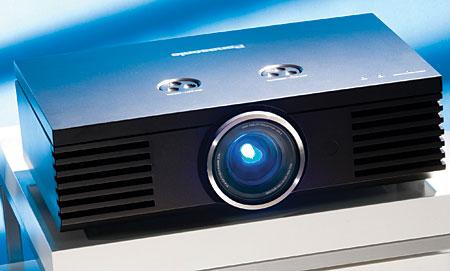
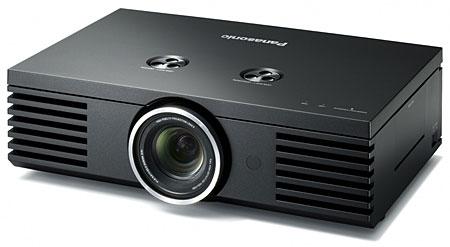
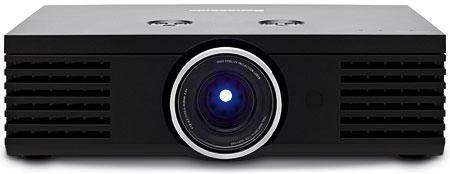
 Price: $3,499 At A Glance: Incredible array of features • Great calibration flexibility • Contrast performance could be improved
Price: $3,499 At A Glance: Incredible array of features • Great calibration flexibility • Contrast performance could be improved





